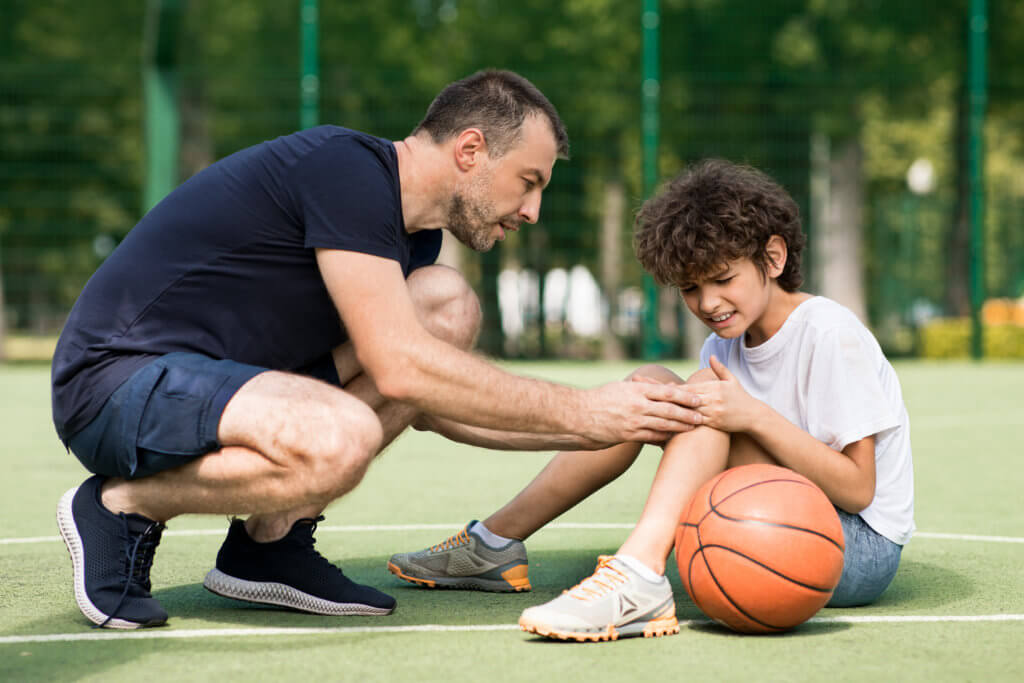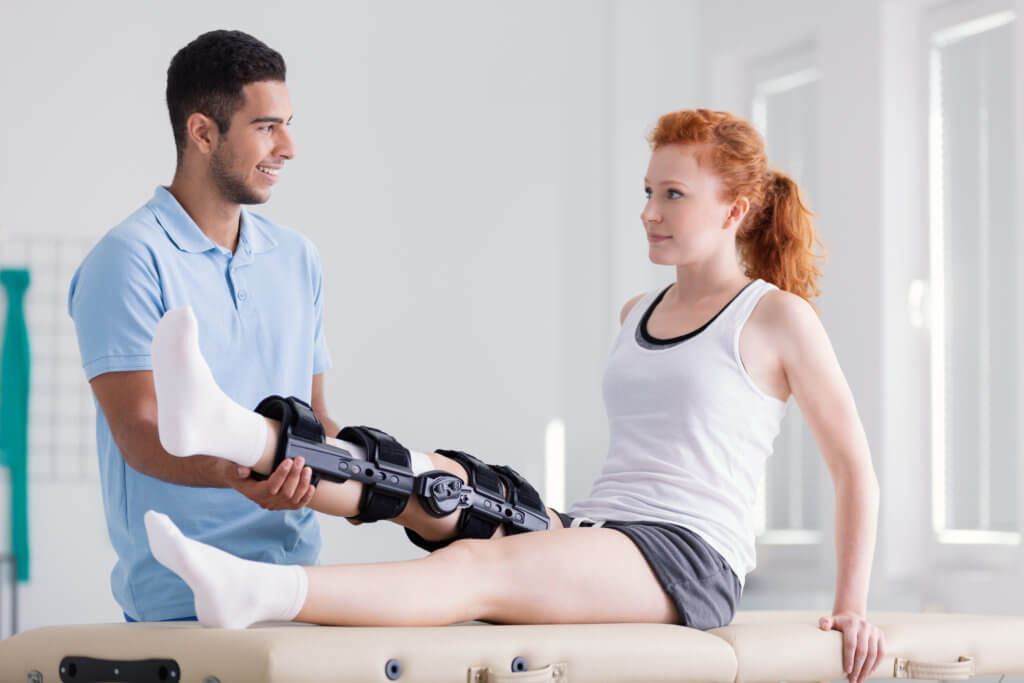ACL Surgery Recovery: What Athletes Should Expect
If you’re a football fan, you probably saw Rams wide receiver Odell Beckham Jr. tear his ACL in Super Bowl LVI. On track to be the Super Bowl MVP, he instead missed the second half of the game completely. But less than ten days later, he underwent successful surgery and was on his way to recovery.
ACL surgery recovery has come a long way. In the past, a torn ACL would have been a career-ending injury. Not only did Beckham get his ACL repaired quickly, but his surgeon was also able to fix damage caused by an earlier procedure. He’s expected to recover quickly enough to be a highly-coveted NFL free agent next season.
An injury that used to be the kiss of death for athletes who relied on cutting, stopping, and starting, a torn ACL today is less of a roadblock and more of a speedbump. As for recovery time, keep in mind that an athlete like Beckham is being paid millions of dollars to get back on his feet as quickly as possible.
The average person gets to take a much less stressful approach to their ACL surgery recovery. Complete recovery after an ACL injury typically takes an average of eight months. Here’s what that recovery will look like.
Stage 1: Recovery and Rehabilitation
 The first goal for anyone recovering from ACL surgery is to regain full mobility and range of motion. The two main goals you should be focusing on are reducing the swelling in your knee and being able to move without crutches or other assistance. After this phase, you should be able to walk or go for a light jog.
The first goal for anyone recovering from ACL surgery is to regain full mobility and range of motion. The two main goals you should be focusing on are reducing the swelling in your knee and being able to move without crutches or other assistance. After this phase, you should be able to walk or go for a light jog.
You’re probably asking yourself “how long do you wear a knee brace after ACL surgery?” A knee brace helps limit range of motion as the joint heals, but how long you wear one (or if you wear one at all!) is up to your doctors.
Many people wear a brace for a month or two after ACL surgery. An ACL brace could speed the return to sports and other activities.
Average time: 3 months
Total time: 3 months
Stage 2: Create a Base for Training
This phase is fairly straightforward. At this point, you should be doing light jogging and strengthening your core. This will help you develop a solid base from which to train for your respective sport. However, take a lot of care and don’t push yourself, especially while running. One misstep and you could set yourself back with another injury.
Average time: 1 month
Total time: 4 months
Stage 3: Sport-Specific Training
 Any existing knee pain six months after ACL surgery should be minimal and mild. Now is the time to start focusing on sport-specific training, with an emphasis on returning to planting and cutting. Work on rebuilding your skills and ease back into your training schedule.
Any existing knee pain six months after ACL surgery should be minimal and mild. Now is the time to start focusing on sport-specific training, with an emphasis on returning to planting and cutting. Work on rebuilding your skills and ease back into your training schedule.
Average time: 2 months
Total time: 6 months
Stage 4: Go Back to Practice
At this point, you can practice with your team. Ease your way into contact drills and scrimmages and pay attention to how your knee reacts. If everything feels fine, continue to practice. If you feel pain, stop what you are doing and consult your doctor. The key at this point is to listen to your body. You’ve invested months into your rehab — don’t let it have been for nothing!
Average time: 1 month
Total time: 7 months
Stage 5: Return to Competition
 Deciding whether it’s the right time to get back into the game is something you’ll do with the help of your surgeon, coaches, and physical therapist. Being fully “back” will rely on a combination of factors: your health, physical abilities, mental state, and your doctors’ confidence in the condition and stability of your ACL. It commonly takes about a month for your strength and rhythm to come back after you return to competitive action.
Deciding whether it’s the right time to get back into the game is something you’ll do with the help of your surgeon, coaches, and physical therapist. Being fully “back” will rely on a combination of factors: your health, physical abilities, mental state, and your doctors’ confidence in the condition and stability of your ACL. It commonly takes about a month for your strength and rhythm to come back after you return to competitive action.
Average time: 1 month
Total time: 8 months
Keep in mind this is just a basic roadmap for getting yourself back to full strength after an ACL injury. Everyone’s body is different, and a doctor should be consulted throughout the process. If you rush recovery, you risk suffering another injury in the same knee within a few years.
Rebuilding balanced muscle strength after ACL surgery is essential for performance and preventing further injury. Consider adding personal training sessions to your recovery plan to optimize fitness and recovery.
ACL Tears: the Basics
Identifying your injury is the first step on the road to recovery. Although you need to consult your doctor for official diagnosis, most people know when they’ve torn their ACL.
How Do You Know if You Tore Your ACL?
An ACL tear is usually a sudden injury that occurs when you stop, turn, or change direction during sports or other activities. Most people feel or hear a pop in the knee. The knee will swell quickly and be very painful and unstable.
Can You Walk on a Torn ACL?
You might be able to continue walking on a torn ACL, but it will be very painful. Many people find they cannot put weight on that leg.
If you suspect you tore your ACL, make an appointment with SI Ortho’s Long Island sports medicine specialists. If the pain is sudden and severe, stop by our urgent care facility for quick treatment from top orthopedic knee surgeons on Long Island.
Tagged with: ACL injury, ACL surgery, knee injury, knee rehabilitation, liorthosports, long island orthopedic surgery, long island orthopedics, orthopedic & sports associates of long island, physical therapy, SIO, Sports Injury
Posted in: Knee, Sports Medicine
